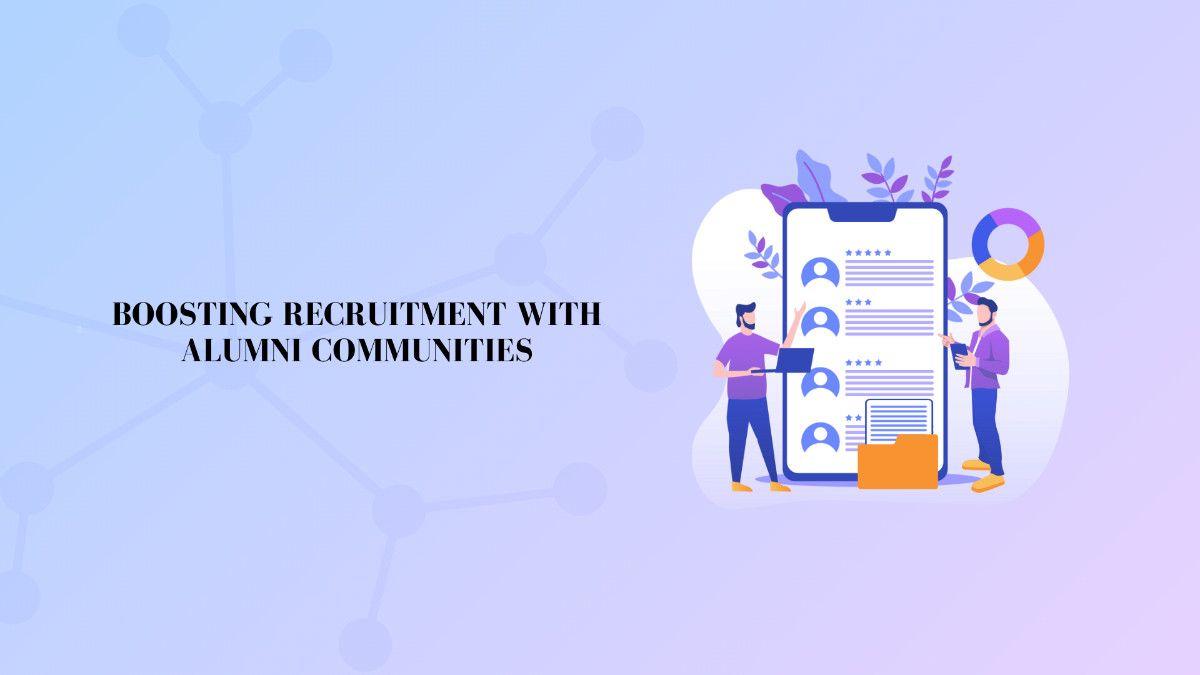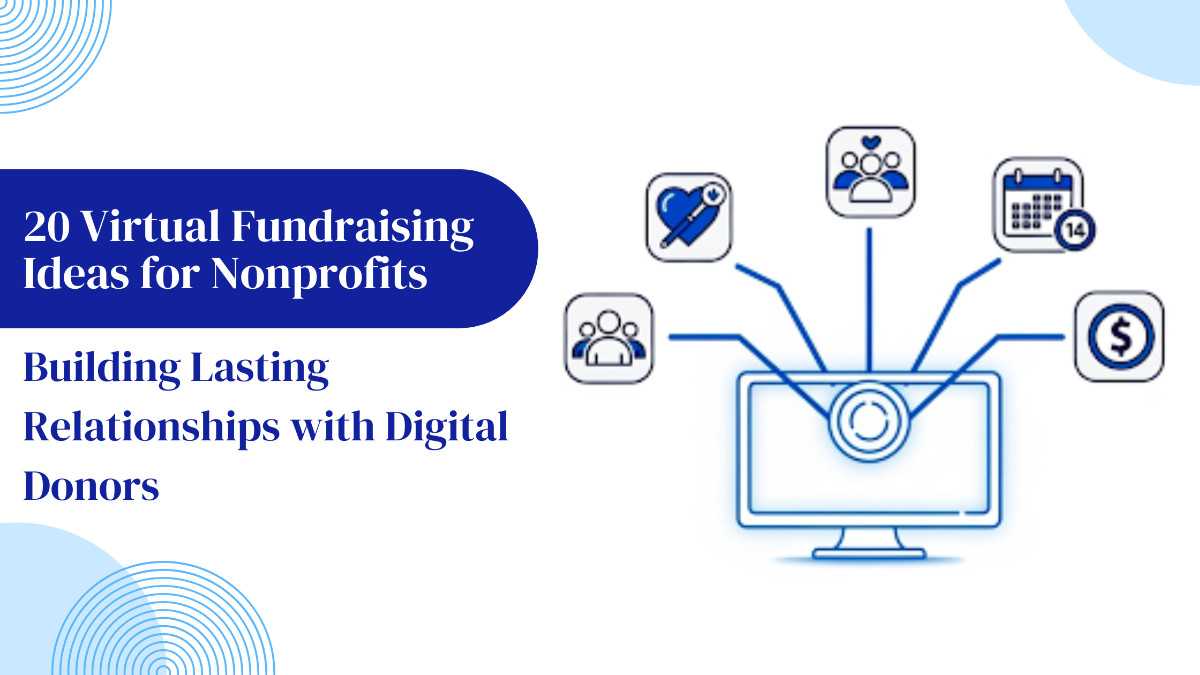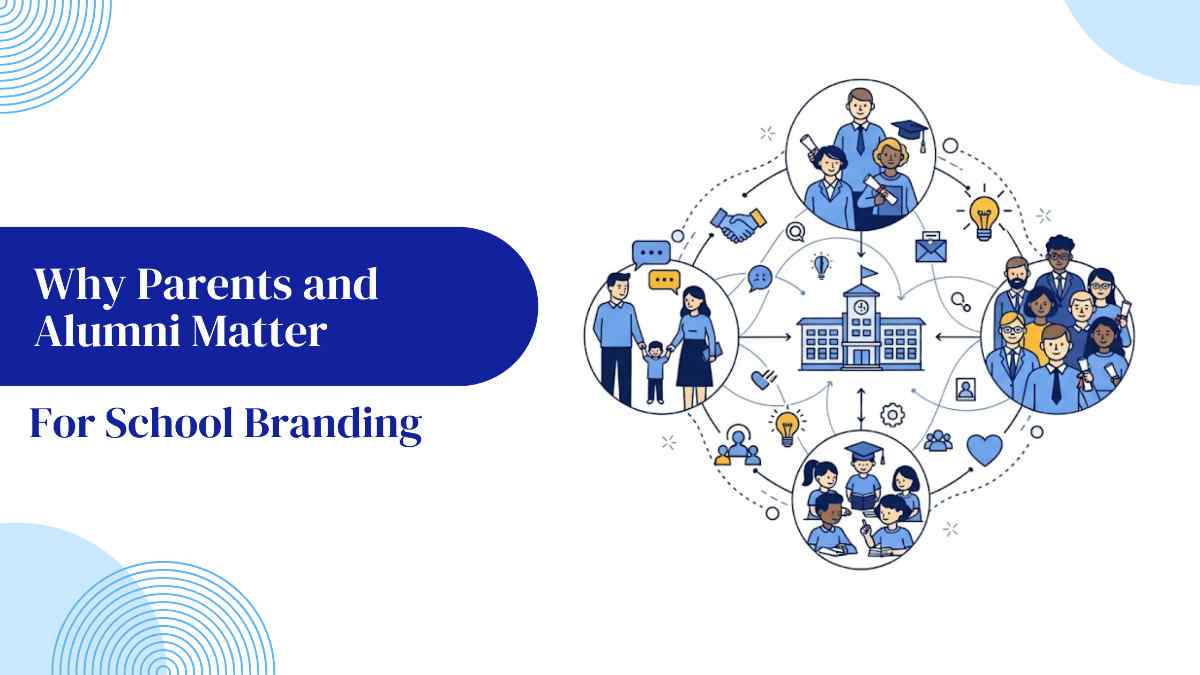Transform Employee Offboarding Into Brand Loyalty
Discover why the employee offboarding experience matters—& how companies can turn departures into long-term brand loyalty & boomerang talent.

The moment someone hands in their resignation, the employee offboarding process kicks into gear—handover checklists, HR forms, and a polite farewell. But once the formalities are done, we often forget there’s a real person stepping into a new, often uncertain chapter of life.
For the company, it’s just another employee exit. But for the person leaving, it’s the end of a routine, a break in their social circle, and the start of figuring out what’s next.
This is the part we don’t talk about enough—the employee exit experience.
The Emotional Weight Behind Leaving a Job
We usually associate offboarding with logistics—documents, laptops, access rights. But emotionally, it’s much more than that.
Work friendships built over years tend to fade once someone leaves. Group chats go quiet. Catch-ups stop happening. The people you spent 8+ hours a day with are suddenly just connections on LinkedIn. That sense of being “in it together” is gone, almost overnight.
Many former employees quietly struggle with this sudden shift. They don’t just leave a job—they leave behind a big part of their daily life.
From Valued Team Member to Being Forgotten
One of the most common things ex-employees say is this: “It felt like I was erased.”
After they leave, projects go on, roles are refilled, and very few people check in. There’s no message, no thank-you, no recognition. For someone who gave their best to the company, this can sting more than expected.
It’s not about needing applause—it’s about being acknowledged. A simple “we remember you” goes a long way.
The Gap in Growth After Exit
While at a company, people usually have access to training, mentorship, and performance feedback. But once they exit, that support system disappears.
Many ex-employees still want to grow, learn, and connect—but they no longer have access to the same resources. This can feel like hitting pause on progress.
The truth is, if companies kept nurturing their alumni, they’d find a loyal, skilled network ready to give back in many ways.
Boomerang Employees: Many Want to Return—Few Know How
It might surprise you how many people would love to return to a previous company—especially if the culture was good and they left on positive terms.
But most companies don’t make that return path clear. There’s no structured rehire process, no updates, no outreach. Talented ex-employees get lost in the shuffle, even though they already know the systems, the people, and the values.
A simple “Ghar Wapsi” program could make returning feel natural instead of awkward.
Why the Exit Experience Matters More Than You Think
Former employees are more than just “people who used to work here.” They become future clients, mentors, partners, even brand advocates. How they remember their exit says a lot about the company culture.
When they leave on a good note, they talk positively, they refer others, and sometimes—they come back. But if they feel discarded, that story spreads, too.
A thoughtful employee exit experience doesn’t just help the person leaving—it shapes your employer brand for years to come.
How Companies Can Improve the Exit Journey?
Here are some simple, real-world ways to make your offboarding process feel more human and respectful:
1. Build an Employee Alumni Community
This doesn’t mean starting a quiet LinkedIn group and calling it a day.
Create a space where former employees can truly connect—share job leads, talk about industry trends, or even catch up socially. Think alumni newsletters, casual meetups, or a private group with real conversations.
People want to stay connected—but they need a reason to.
2. Offer Offboarding Support That Feels Personal
Just because someone is leaving doesn’t mean your relationship has to end.
Offer them resources that make their transition smoother—career advice, resume reviews, interview practice, or introductions to your network. These small acts show that you value them beyond the role they held.
3. Celebrate Their Time, Even After They Leave
Why not give credit where it’s due?
Mention former employees in your internal news, wish them well on their work anniversaries, or invite them to join company celebrations. These gestures don’t take much time, but they leave a lasting impression.
4. Create a “Ghar Wapsi” Policy
If you had a great team member leave and they’re open to returning, make that path easy.
Keep them in the loop about openings. Let them know the door is always open. When they come back, welcome them like family. These “boomerang employees” bring loyalty, skills, and a fresh perspective.
5. Make Exit Interviews Count
Forget the cookie-cutter questions. Instead, ask honest ones.
“What led to your decision to leave? Is there anything we could have improved? And what part of your time here did you enjoy the most?”
Then, do something with that feedback. It’s one of the most valuable tools for improving your company culture.
6. Turn Ex-Employees into Lifelong Champions
When people feel respected even after they leave, they often become your best brand advocates.
They’ll recommend your company to others, share job posts, and maybe even come back one day. It all starts with how you treat them when they walk out the door.
Final Thoughts: Endings Matter Just as Much as Beginnings
Leaving a company isn’t just about quitting a job—it’s about closing a chapter. How that chapter ends sets the tone for everything that follows.
If your company sees exit as a chance to show care, respect, and ongoing connection, you’ll build relationships that last far beyond employment.
So the next time employee exit , don’t just say goodbye—leave the door open. Because one day, they might just walk back in.
That’s Ghar Wapsi. And it starts with a great exit experience.
Frequently Asked Questions (FAQs)
Yes, a structured offboarding process is essential for every business. It ensures legal compliance, protects company data, collects valuable feedback, and helps maintain a positive employer brand even after employees leave.
Employee offboarding includes several steps: notifying relevant teams, knowledge transfer, retrieving company assets, revoking access to systems, conducting an exit interview, and sending a formal farewell or reference letter.
Employee offboarding is the formal process followed when an employee leaves an organization. It involves administrative, security, and HR-related steps to ensure a smooth and professional transition for both the company and the departing employee.
Suggested Blogs
Let’s discuss the idea
Join hundreds of companies transforming their corporate communities with Almashines






